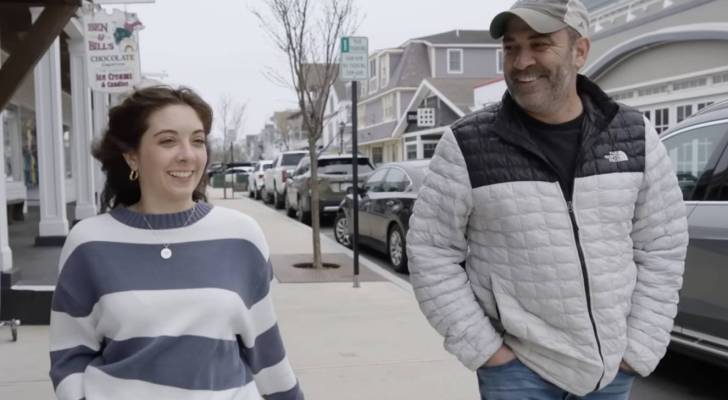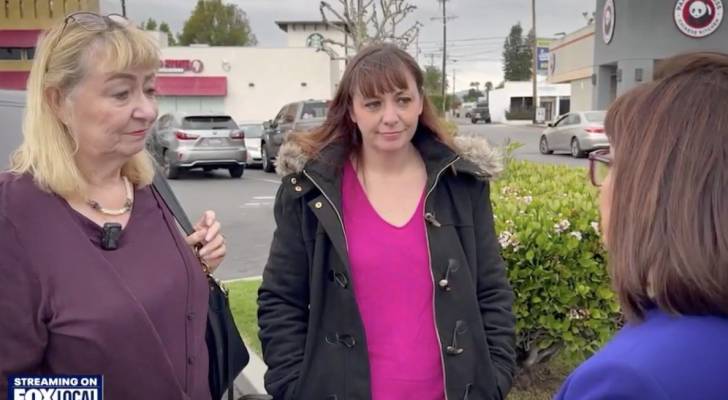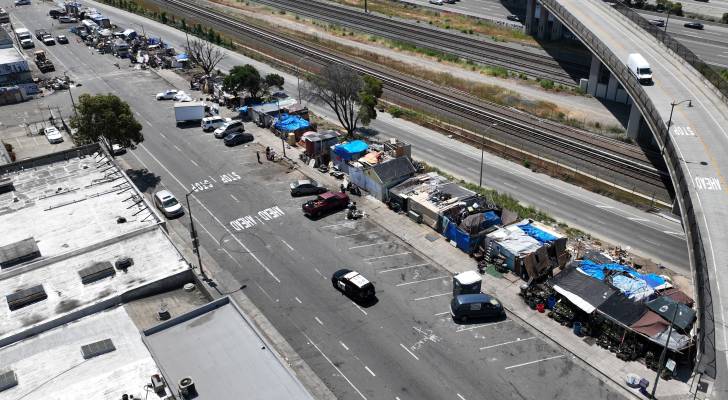‘It doesn’t make any sense’: This Georgia homeowner’s HOA has been dinging her for years with fees of up to $2,700 — with no explanation. As foreclosure looms, legal help may be on the way
Homeowners in Channing Cove, a subdivision in Conyers, Georgia, are pushing back — demanding answers about where their mandatory HOA fees are going. Michelle Bernard has lived in the neighborhood for nearly two decades, but says she still feels like she’s fighting to own her home. The business owner, wife and mother is one of […]
Trump’s USDA just uncovered ‘one of the largest’ food stamp fraud, bribery schemes in US history — 6 arrested for alleged $66M in ‘unauthorized transactions’


The U.S. Department of Justice has charged six people — including a fraud investigator with the U.S. Department of Agriculture (USDA) — for allegedly orchestrating “one of the largest food stamp scams in U.S. history,” siphoning tens of millions from the Supplemental Nutrition Assistance Program (SNAP). According to the U.S. Attorney’s Office for the Southern […]
This ‘normal’ 23-year-old survives in Martha’s Vineyard on an $85,000 salary — while still saving $18,000. Here’s how she gets by in a vacation town for millionaires


Martha’s Vineyard may be best known as a summer escape — coffee shops with handwritten menus, boutiques selling $80 sun hats, summer romances and lobster rolls treated like currency. But for 23-year-old Tyla Packish, it’s not a vacation destination, it’s home. She lives year-round in Oak Bluffs, her hometown on Martha’s Vineyard in Massachusetts. Don’t […]
‘Who did that? Me’: This woman was quoted $500 to fix her car’s sun visor — so she got a $50 Amazon part, watched a YouTube video and did it herself. Why more drivers are going the DIY route


When TikTok user Julia Lutz was told it would cost $500 to replace her car’s broken sun visor, she didn’t just take the quote at face value — she took matters into her own hands. Armed with a $50 part from Amazon, a screwdriver and a couple of how-to videos, she pulled off the repair […]
Fraudsters are using a $20 ‘distraction’ scam to steal thousands of dollars from victims — nearly $5,000 drained from 1 LA teacher’s bank account. Here’s how the ‘huge violation’ went down


It’s not every day a stranger insists on handing you a $20 bill you didn’t drop. But for Sarah — whose last name has been withheld, as reported by Fox LA — that’s exactly what happened on an ordinary Wednesday afternoon at a Ralphs grocery store in Van Nuys. "He came much closer to me […]
‘We call it the stealthy wealthy’:These millionaires didn’t work on Wall Street — they built fortunes filling everyday needs. Here’s what you can learn from them


Some of the country’s top earners are building quiet empires — not on Wall Street or in Silicon Valley, but in ordinary places. “We call it the stealthy wealthy,” Owen Zidar, a Princeton economist who has studied the group with University of Chicago economist Eric Zwick, told The Wall Street Journal. Don’t miss I’m 49 […]
‘It was an eyesore’: City of Oakland clears homeless encampment, relocating 70 people to state-funded shelter — but advocates say crews moved too fast without offering sufficient supports


The City of Oakland has cleared a large homeless encampment on East 12th Street, relocating about 70 people to the Mandela House — a former hotel turned shelter, now funded through a state grant. The move marks one of the city’s most visible steps toward addressing homelessness, a crisis that has more than doubled in […]
Elon Musk, father of 14, warns America needs more babies — and that ‘civilization will disappear’ unless birth rates improve. But DOGE just cut billions for maternal healthcare. What gives?


It’s the last thing maternal advocates want to hear, but former Senior Advisor to the President Elon Musk — the father of 14 — has repeatedly warned that declining birth rates around the world threaten civilization. Yet under the Department of Government Efficiency (DOGE), billions in funding for maternal health care, research and community support […]
‘I saw the potential’: This 47-year-old spent $50K reviving 8 abandoned apartments — now they bring in $220K a year, but the hidden costs took her by surprise


It’s easy to fall for the charm and potential of a place like Minden, Louisiana — just ask Sara McDaniel. In 2020, she came across an opportunity to purchase an eight-unit, villa-style apartment complex that had been abandoned for nearly 40 years. By then, McDaniel was no stranger to real estate; she already owned over […]
Urgent warning issued for US consumers after ‘security breach’ of 184,000,000 passwords — here’s who’s exposed and how to protect yourself


If you’ve been ignoring those pesky "suspicious login" alerts in your inbox, now might be the time to pay attention. Cybersecurity researcher Jeremiah Fowler recently discovered an unprotected online database exposing over 184 million records — including email addresses, passwords and login links — stored in plain text. The leaked data is tied to major […]